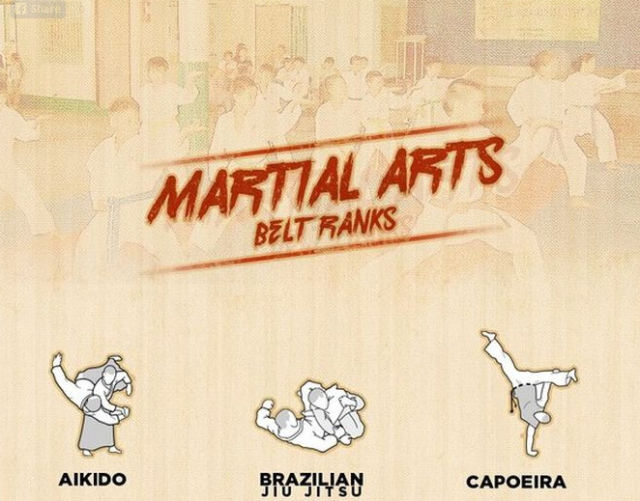When you think about martial arts, do you lean more towards the conventional practices or the modern-day combat sports? Each course provides special benefits and experiences, formed by their viewpoints and training approaches. https://stratfordbeaconherald.com/sports/local-sports/its-an-addictive-feeling-stratford-fighter-tom-theocharis-has-overcome-injuries-bad-luck-and-tragedy-as-he-attempts-to-make-mixed-martial-arts-history and technique, while modern-day fight sporting activities concentrate on competitors and efficiency. Recognizing these distinctions can guide you in selecting the right method for your trip. But exactly how do these distinctions materialize in training and ideology?
The Viewpoint and Background Behind Conventional Martial arts
While many individuals connect martial arts with physical fight, the ideology and history behind traditional martial arts run much deeper. You'll find that these disciplines stress personal growth, technique, and respect.
Stemming from old practices, typical martial arts were often developed for Self-Defense and spiritual development. They symbolize principles such as balance, harmony, and self-constraint, leading practitioners beyond mere battling abilities.
As you train, you'll not just find out methods however likewise get insights right into the culture and values that shaped these arts. The routines and customs, often passed down via generations, cultivate a feeling of community and belonging.
The Competitive Nature of Modern Combat Sports
Modern fight sports have actually transformed the landscape of martial arts right into a highly affordable arena, where professional athletes face off in an examination of ability, approach, and endurance.
https://selfdefensewomancom91097.dbblog.net/8346212/demystifying-the-various-fighting-style-styles-from-martial-arts-to-taekwondo 'll notice that competitors are frequently arranged with stringent regulations and guidelines, making sure fair game and security. These occasions bring in big target markets, fueling the exhilaration and strength of matchups.
Athletes educate rigorously, not just for physical prowess however also for mental strength, recognizing that every information counts in the ring. The adrenaline thrill during competitors is palpable, as boxers press their restrictions to declare victory.
Followers appreciate the athleticism and creativity included, making contemporary fight sports a thrilling spectacle that remains to advance and captivate enthusiasts all over the world.
Training Techniques and Methods: A Relative Analysis
The competitive ambience of modern fight sports needs ingenious training techniques that vary significantly from traditional martial arts.
In modern-day training, you'll concentrate on certain methods, competing, and conditioning, commonly making use of drills that mimic actual battle scenarios. You'll see a focus on quantifiable efficiency and constant competitors to assess your abilities.
In contrast, typical martial arts prioritize types, katas, and thoughtful mentors, often highlighting discipline and respect over competitors.
Training is typically less intense and might involve recurring practice as opposed to real-time sparring.
While both approaches build ability and physical fitness, modern-day combat sports supply an extra vibrant and versatile training environment, preparing you for prompt difficulties in the ring or cage.
Select the course that straightens with your goals and rate of interests.
Conclusion
In picking between traditional martial arts and modern battle sporting activities, it truly boils down to what you value a lot of. If martial arts like krav maga searching for individual growth, self-control, and a sense of area, typical arts may be your best fit. But if you thrive on competitors and real-time challenges, modern-day fight sports could be the method to go. Inevitably, both paths use unique advantages, so it's all about aligning your training with your individual objectives and rate of interests.
